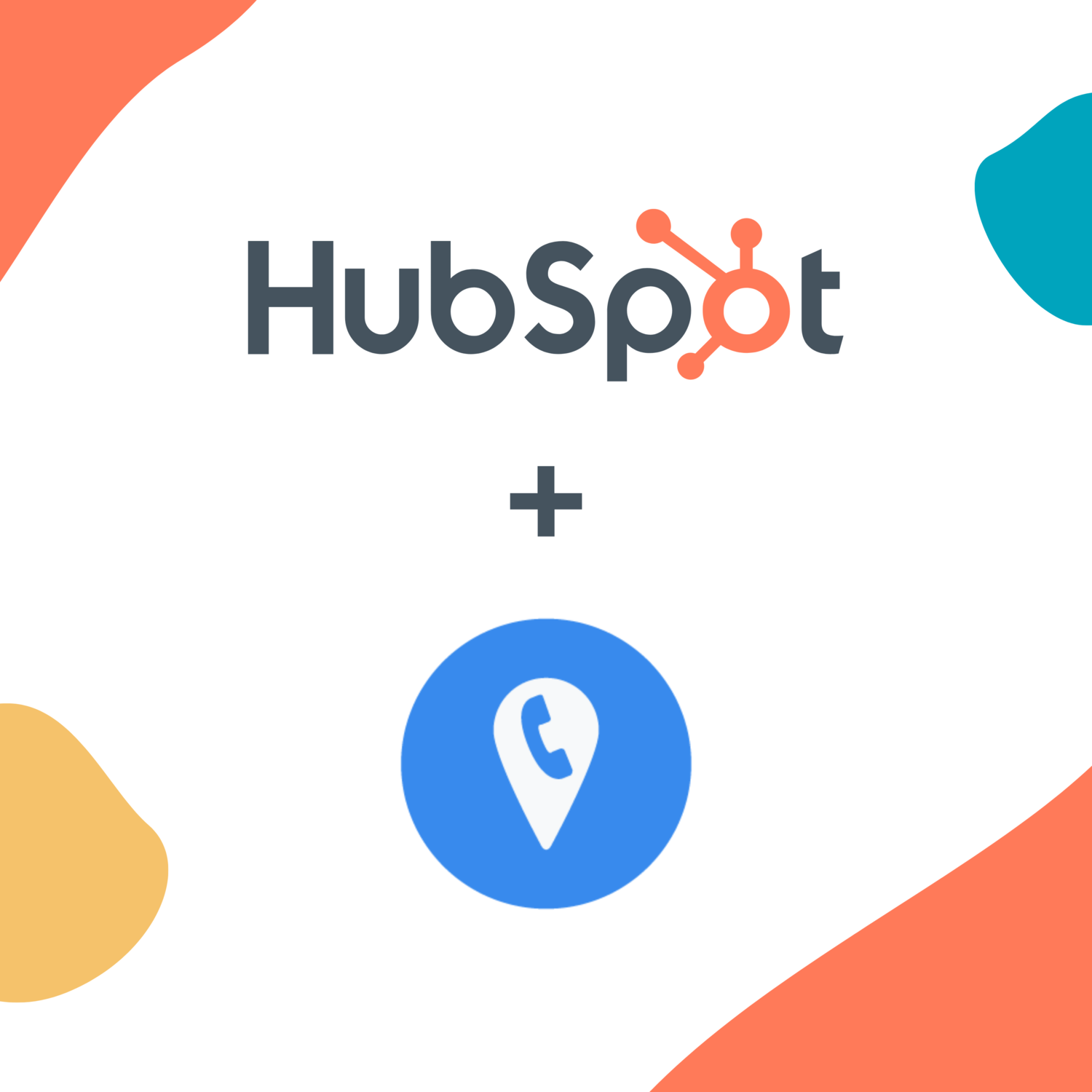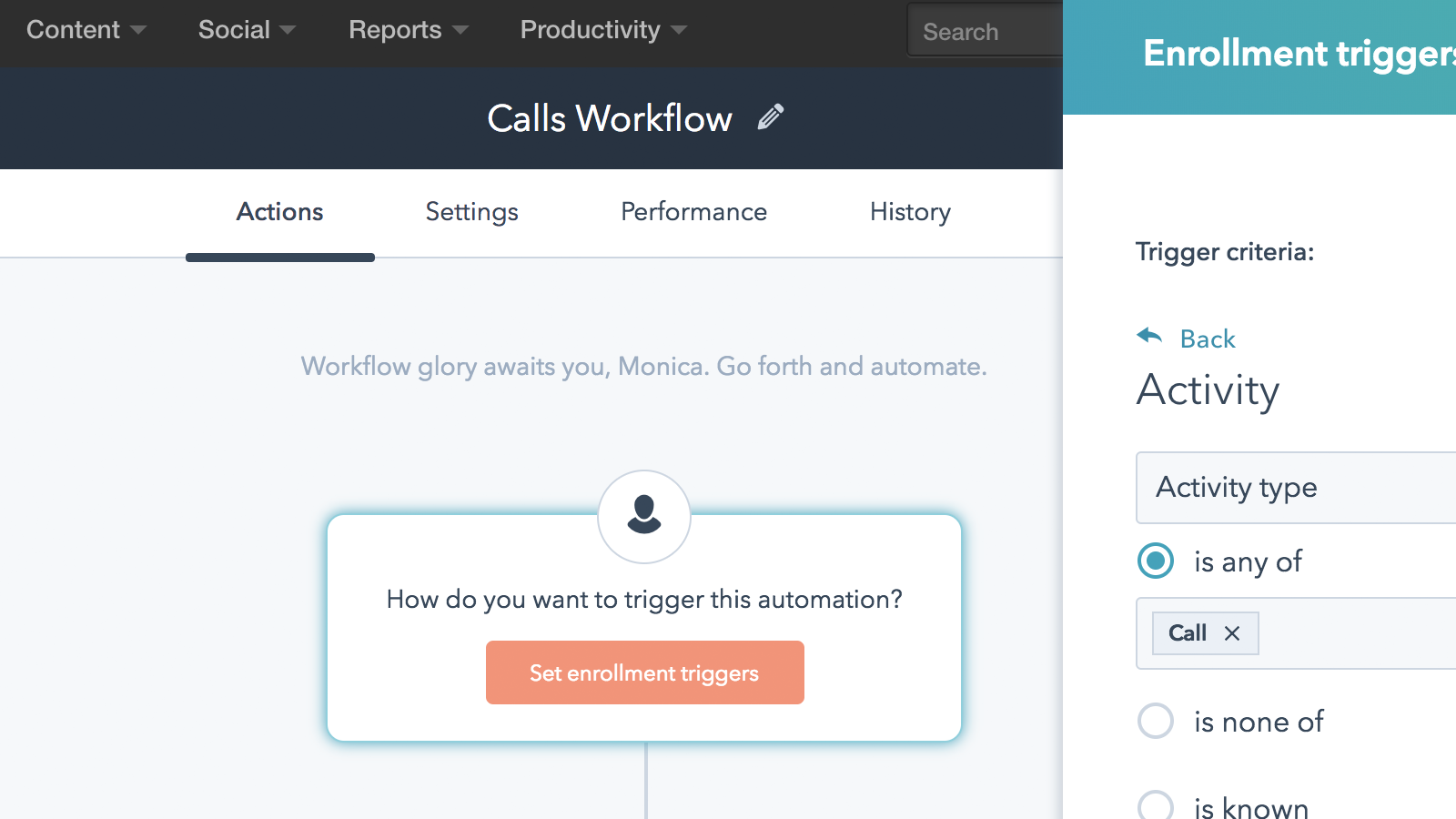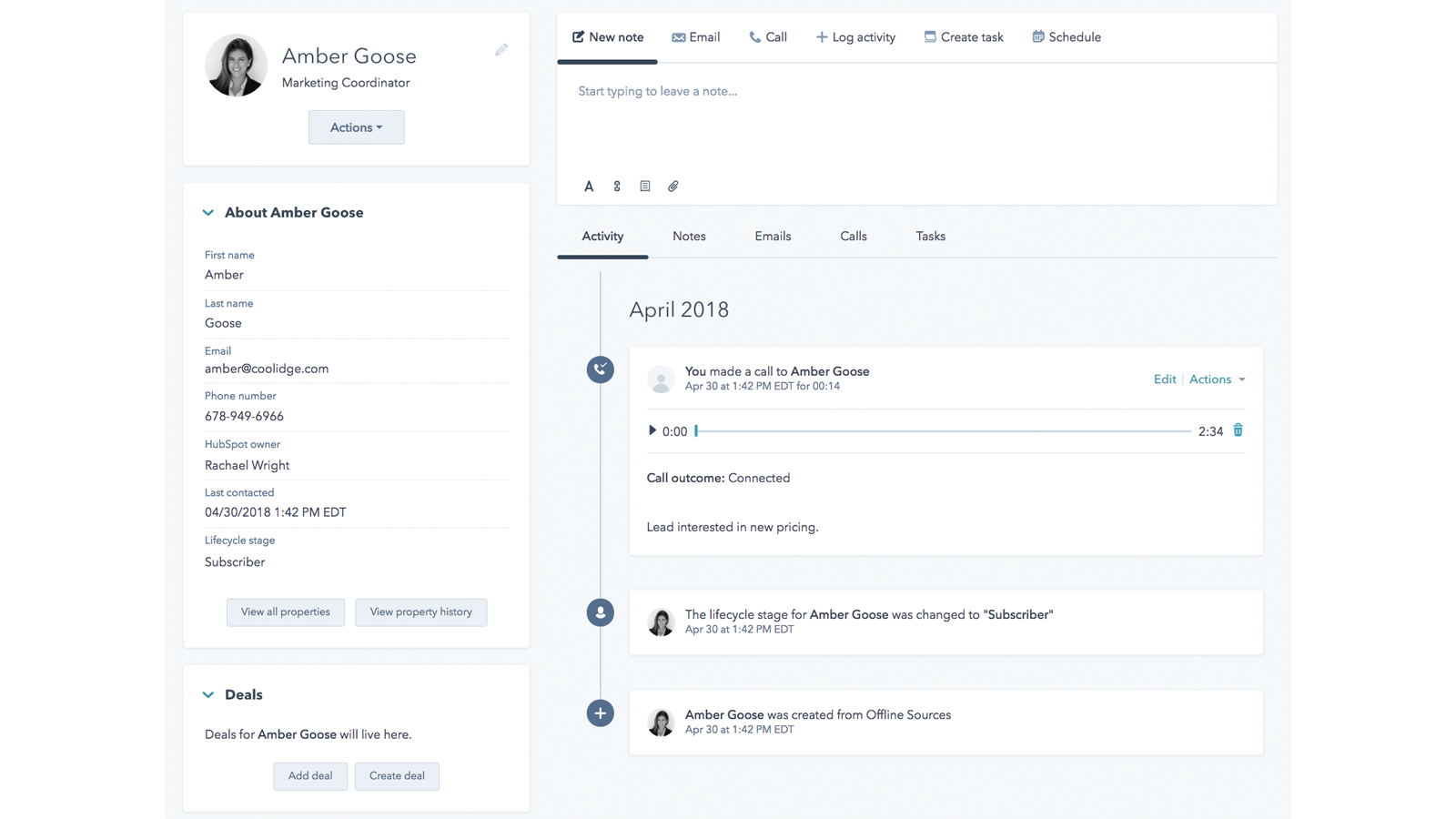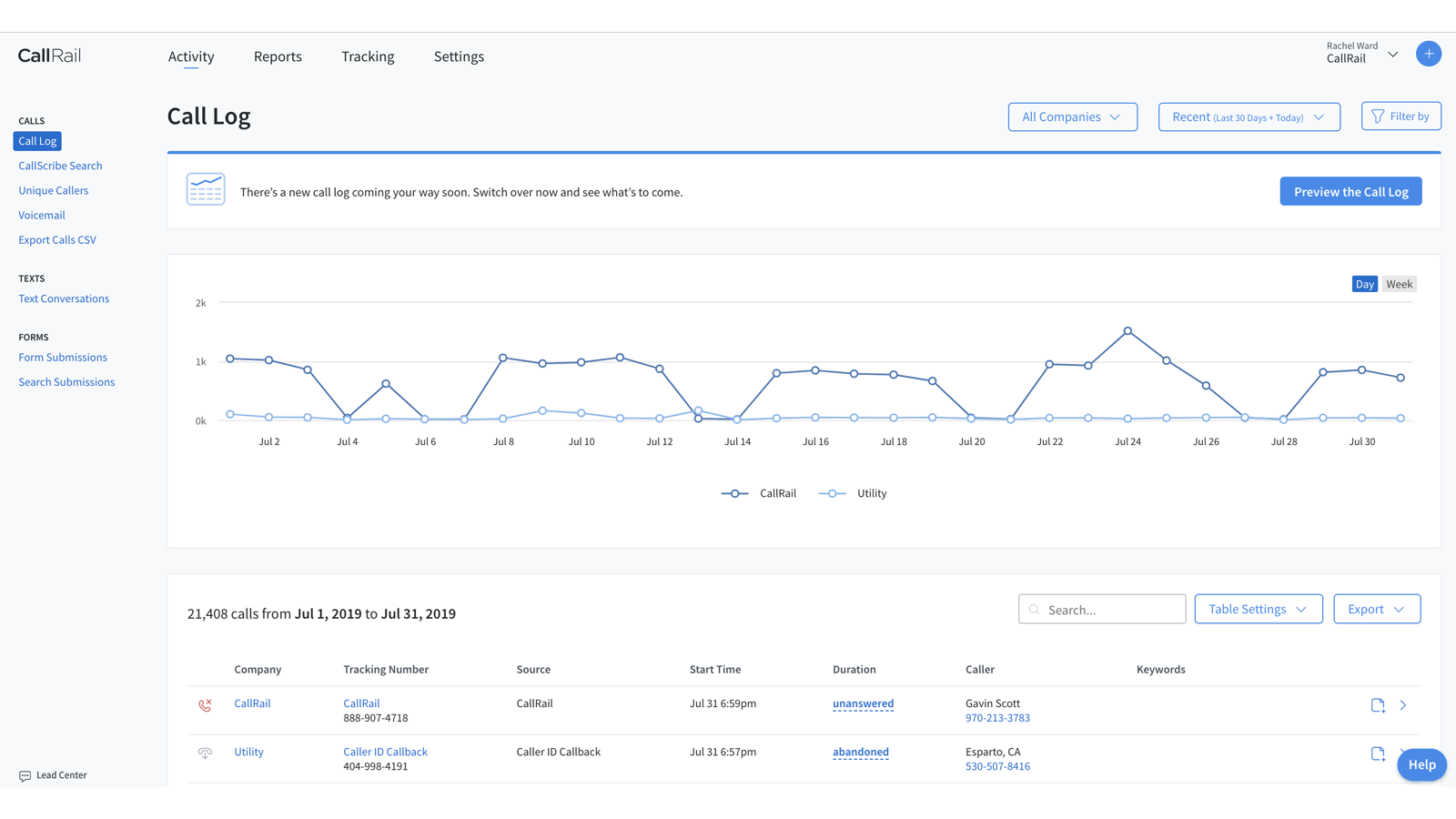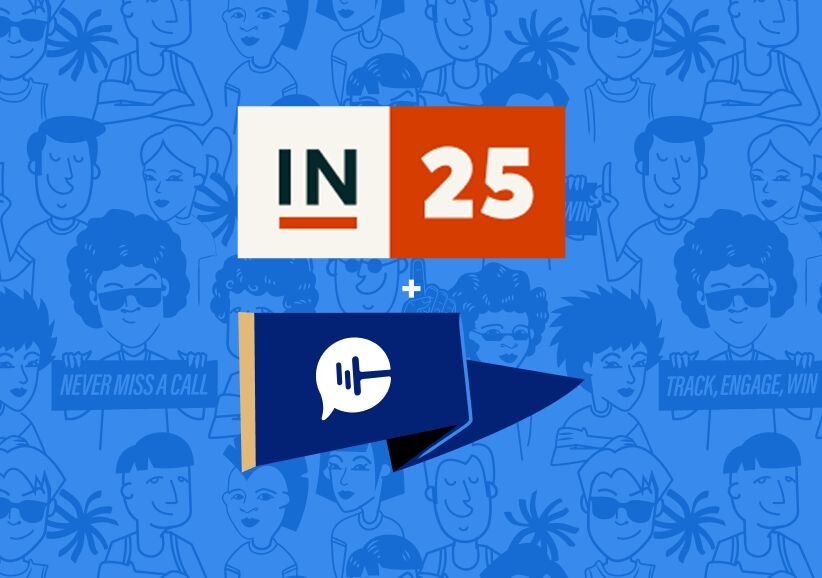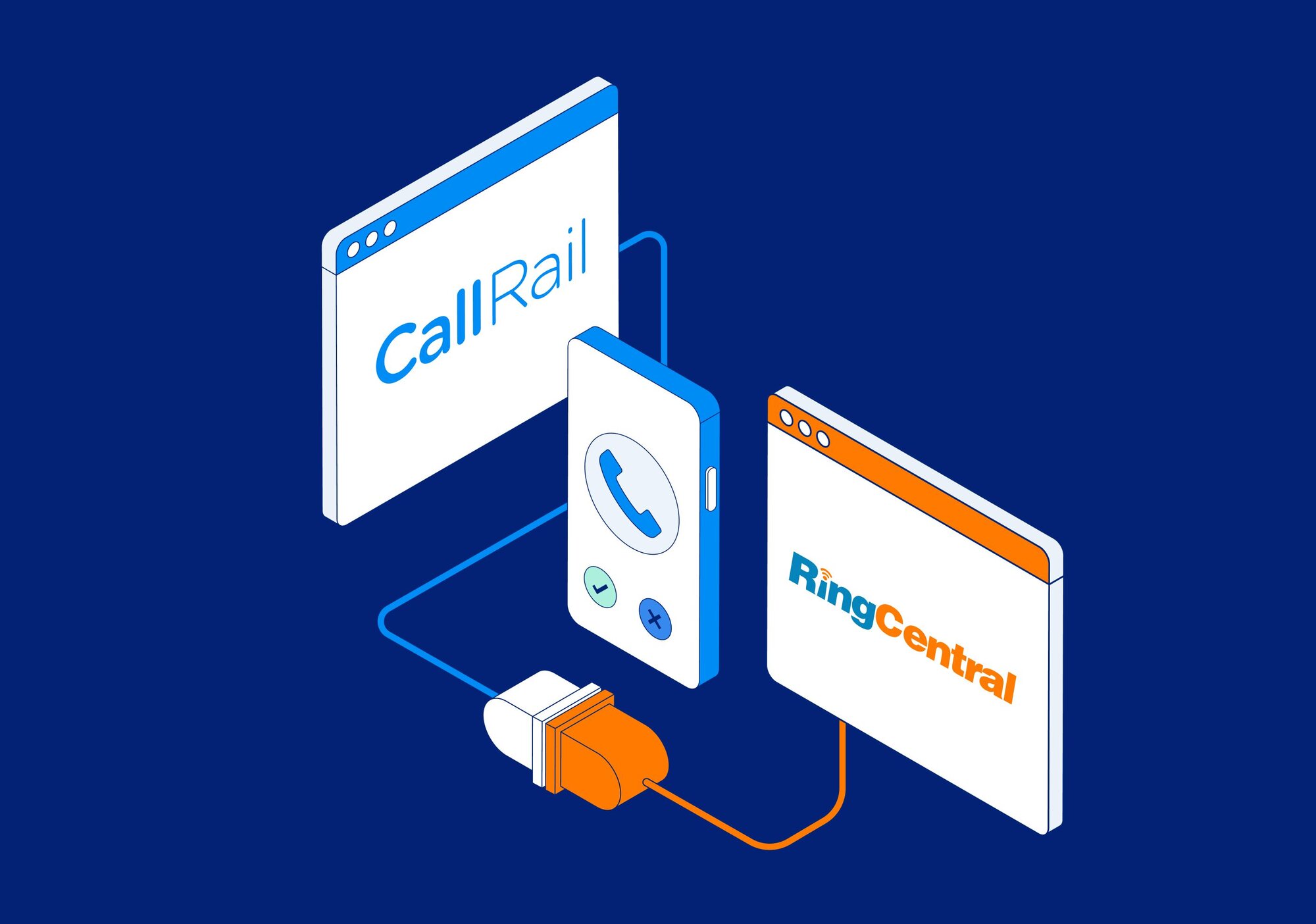Having a deeper understanding of customer conversations and top lead sources can make all the difference for organizations looking to grow and scale their marketing efforts.
While analytics and data in general can be helpful in a number of different ways, a deeper look at specific data tied to leads and marketing channels (with a little help from sophisticated AI) can help to lay out what exactly is working in terms of marketing efforts.
So how can companies access more specific analytics tied to their inbound customer conversations?
The CallRail platform is all about providing companies with call tracking and data analytics for phone calls, texts, and forms that are involved in marketing campaigns. It matches your inbound calls to both online and offline marketing campaigns, providing you with the immediate feedback on what is pushing quality leads and what is not. CallRail works to answer the age-old question of how your customers came to find your company — all without you needing to pick up the phone and ask yourself.
When CallRail is paired with the HubSpot CRM, users are able to see data tied to their call and text message activity all within HubSpot — then use automation to take action and initiate next steps for sales. Right from HubSpot, sales teams can access call recordings and enriched customer profiles, manage their leads, and create custom reports based on contact activity.
Here’s how small businesses, marketing teams, and marketing agencies in industries like home service, healthcare, real estate, finance, and retail can use the CallRail Integration with HubSpot to see in-depth call tracking and data analytics that provide useful insights into how their marketing campaigns are working and how their customers are discovering them.
How call tracking and analytics software improves marketing + sales campaigns
The CallRail Integration with HubSpot syncs call and text message activity with the HubSpot CRM and marketing and sales platforms. HubSpot users can see inbound and outbound sales activities like phone calls in their contact’s unified activity timeline along with other lead activities, then, they can build automated workflows based on trigger events like phone calls.
Additionally, users can set up automation rules to ensure that leads aren’t slipping through the cracks and they can be routed according to the proper marketing campaigns. It creates a better experience for the potential customer and marketing and sales teams.
Here are a few ways that CallRail and HubSpot can help teams learn which marketing and sales efforts are working and which ones aren’t so they can move their business forward.
Seamlessly track online activity through HubSpot
CallRail allows you to easily match all inbound calls to both online or offline marketing campaigns. When you can follow a lead from an ad, brochure, or billboard all the way through to the digital world, you can create retargeting campaigns using PPC ads, keyword targeting, and email to follow-up strategically. The CallRail with HubSpot integration makes this seamless — allowing for a customer’s entire journey to be tracked in one location.
Determine what marketing is most effective
Call tracking provides companies with unique visibility of which marketing efforts are driving calls that convert into loyal customers. Call tracking collects data around marketing efforts and cuts down on the money being spent on ineffective ads and keywords. With better insights and data that crosses between marketing and sales, you can prove the ROI on campaigns in a more detailed way, then optimize for lower customer acquisition and retention costs.
Improve the customer experience
Call tracking and analytics from CallRail and HubSpot play into the overall customer experience, taking data from hundreds of prospects and customers and turning it into actionable documentation for future interested parties.
Using call transcriptions, the platform will capture information like common questions and trends from inbound calls and text messages. This provides valuable data about what customers are asking, how long they prefer to chat, where your most qualified leads come from, and how they want to communicate with various teams.
3 ways call tracking and analytics help teams to optimize their inbound marketing efforts
When all of the interactions that someone takes with your brand are aggregated in one place, it has two main benefits — one, it paints a picture of the customer story. How did they find you? What made them want to learn more? What was the key thing that influenced them to ultimately sign the contract?
The second key part of aggregated marketing data, from offline sources like ads and billboards to emails and website visits, is painting the bigger picture of what marketing and sales activities are the most efficient and effective for the organization as a whole.
Here’s how these platforms help teams to optimize inbound marketing and sales management.
1. Create automation rules for incoming calls
Use the integration to create automation rules for incoming calls. For example, calls greater than 10 minutes can be automatically set to the Lead Lifecycle stage in HubSpot so that they can go into a nurture campaign. \
By setting automation rules, all leads are followed up on no matter what. Then, teams can focus on higher priority leads that might be time-sensitive without being forced to comb through their entire database manually. This affords small businesses and marketing teams efficiency in making marketing-related decisions, and shortens the sales cycle.
2. View your inbound lead information alongside other valuable data
Alongside data already accessible in HubSpot, users can view information associated with phone calls, including recordings, without ever having to leave the platform.
Call recordings are attached to call activity, so you don’t have to leave HubSpot to listen to a call. This allows for quick note-taking and qualification of leads inside of the HubSpot marketing dashboard — keeping important information in one easy-to-view spot.
(Important note: HIPAA-compliant accounts will have a hyperlink that opens a new tab to keep user records secure.)
3. Keep track of offline marketing efforts easily
A main way that customers use the CallRail and HubSpot integration is to view offline marketing efforts within HubSpot. Through source-level tracking, CallRail users are able to quantify lead volume, lead quality, and lead status.
Rarely do marketers have insight into the success of a highway billboard or a radio ad without relying on the vague, “How did you hear about us?” question, and lots of manual work (...and some guesswork). Further difficulty proving ROI comes when there are multiple online and offline marketing interactions from a lead. This integration provides all of this information in a consolidated view in the unified contact timeline, giving HubSpot users much more insight into traditionally estimated marketing metrics.
“By integrating our existing CallRail account with our HubSpot account, we're able to generate contacts automatically from a phone call based on keywords in the conversation that signal a worthwhile lead, which eliminates data entry. And we use CallRail to measure the success of different digital and print ad campaigns by creating tracking numbers.”
– Dave Karras, a CallRail and HubSpot user in the design industry
Ready to give it a try?
Join 2,000+ businesses and teams across a range of industries that are using call tracking and analytics through CallRail with HubSpot to optimize their marketing efforts with data-backed decisions.



